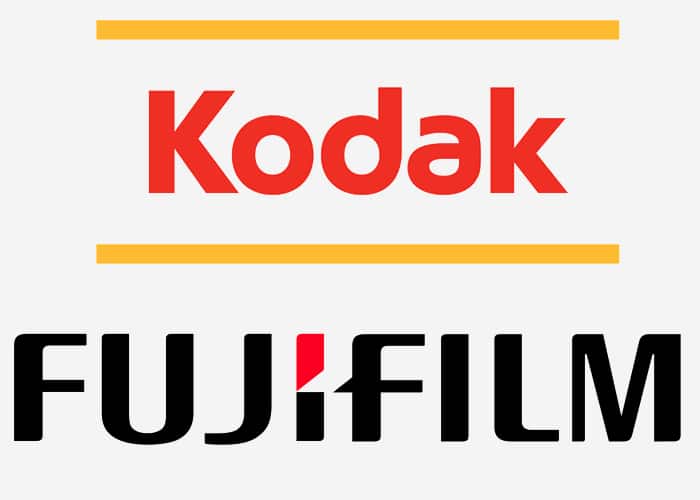It’s quite strange to recall that when Kodak was founded in 1880, it was the Google of its day. The company was most known for its innovative marketing and pioneering technology. Kodak accounted for 85% of camera and 90% of film sales in America by 1976. Till the 1990s, the Kodak Company had a regular place among the five most valuable brands in the world.
Now Kodak is suffering and on top of that its long-time rival Fujifilm is thriving. The two companies have a lot in common. Both have profitable near-monopolies of their home markets: Fujifilm in Japan, Kodak selling film in America.
Both companies saw the imminent changes. Larry Matteson, a former Kodak executive who is now teaching at the University of Rochester, remembers writing a report in 1979 examining, fairly accurately, how some parts of the market would transit from film to digital all by 2010 beginning with government reconnaissance, after that professional photography and in the end the mass market. He was just a couple of years short.
As early as the 1980s, Fujifilm saw the digital doom’s omens too. The company developed a three-part strategy: to develop new business lines, to prepare for the switch to digital and to earn as much money out of the film business as possible.
Kodak was struck by bad luck unfortunately. The company had the idea to turn the chemicals created by is researchers into drugs instead of the initial purpose to use them in film. But its pharmaceutical operations fizzled, and were sold in the 1990s.
Fujifilm had more success in terms of diversification. Film resembles skin a bit, because they both contain collagen. The cosmetics firms would like to make you think that with anti-oxidants skin is preserved, just as photos fade because of oxidation. More than 4,000 chemical compounds are related to anti-oxidants, from Fujifilm’s library of 200,000. That’s why the company launched a line of cosmetics Astalift, which is already sold in Asia and this year it is going to be launched in Europe as well.
Would there have been a chance for Kodak to avoid its current misfortunes? There are experts who say that it had a real chance to turn into the equivalent of “Intel Inside”, a brand that consumers trust, for the smartphone camera. Given their superior intellectual property, Sony and Canon were better placed to accomplish that but unfortunately neither of them had a success.
In theory companies can live forever unlike people. However, the majority of them die young, because unlike society at large, the corporate world is a fight to the death. Fujifilm has survived by mastering new tactics. The company found new sources of revenue, despite the fact that it had gone to basically nothing in 2000 from 60% of its profits. Like many other great companies before, Kodak has simply run its course. After 132 years it is about to fade away like an old photo.

